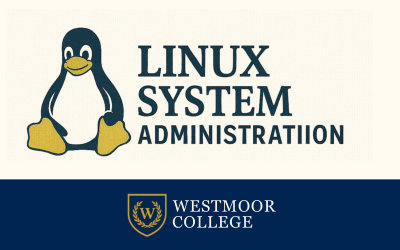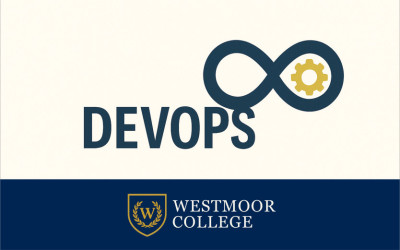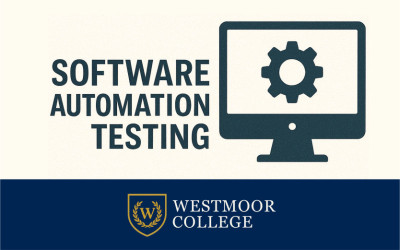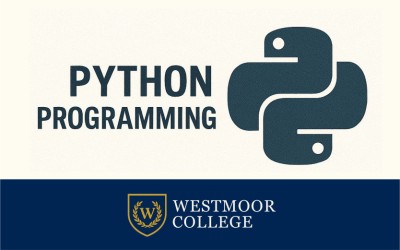Course description
This practical course provides learners with the foundational and intermediate knowledge to manage Linux operating systems in professional environments. From user and file system management to networking, security, and process automation, the course prepares learners for roles in IT support, DevOps, and system administration. It emphasizes hands-on learning through virtual labs, shell scripting exercises, and real-world configuration tasks.
Learning Objectives:
Understand the Linux file system hierarchy and shell environment
Manage users, groups, and permissions
Configure and troubleshoot networking and firewall settings
Automate tasks with bash scripting and crontab
Set up services such as SSH, DNS, web servers, and package management
Implement basic security practices and monitor system performance
Target Audience:
Aspiring system administrators
IT support staff transitioning to Linux environments
Developers or DevOps engineers seeking Linux proficiency
Course Duration: 10 weeks (part-time) or 5 weeks (full-time bootcamp)
Delivery Format: Online or blended delivery with interactive labs and instructor-led sessions
Modules/Units:
Introduction to Linux Distributions and Command Line
File System Structure and Basic Shell Commands
User and Group Management
Permissions and Ownership
Package Management and Software Installation
Networking Configuration and SSH
Process Management and System Monitoring
Shell Scripting and Task Automation
Web Server and Service Configuration
Security Hardening and Backup Procedures
Assessment Methods:
Hands-on lab tasks
Mid-course practical test
Final configuration project (e.g., setting up a complete Linux server)
What will I learn?
- Be able to install, configure, and maintain Linux systems
- Troubleshoot common issues and automate system tasks
- Qualify for junior sysadmin or DevOps roles and certifications (e.g., CompTIA Linux+)
Requirements
- Upper-intermediate English (CEFR B2 or equivalent)
- Basic computer literacy
- Familiarity with command-line environments helpful but not required










